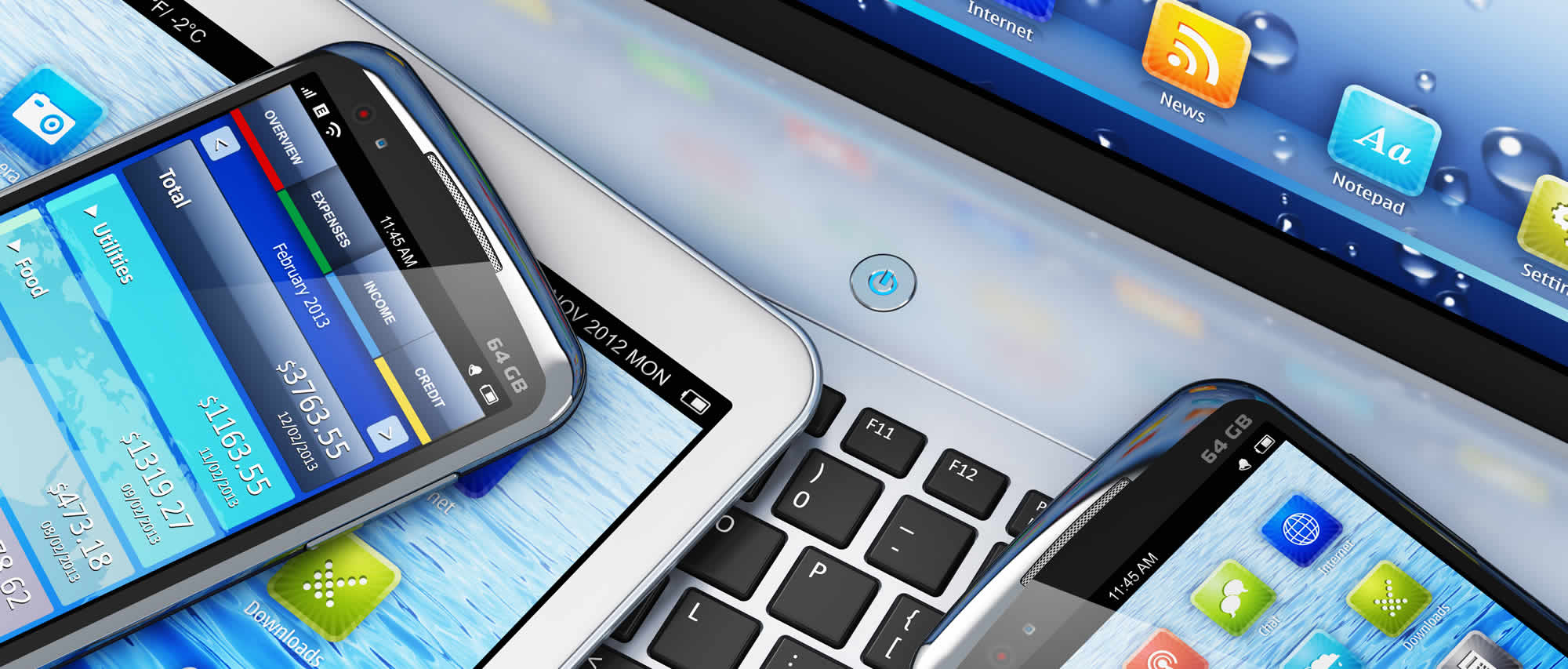Mobile learning for Teachers and Educators - The Basics
Hello Teachers, have you ever thought of creating an e-learning course or even going to the next level and creating a mobile course for your students? Have you pondered it but still do not have a game plan or not sure where to start? I will provide you the basics of what you need to think about when structuring and designing your mobile learning “MLearning” course.
If you have ever created, studied from or used an e-learning course, most classes can range from about 20 minutes to an hour. Normally student’s attention span will hang on for this amount of time and drastically diminish after an hour. When you think mobile, you should think short attention span. With the amount of things you can do on your cell phone, pings, alarms, apps, vibrations and so many things happening on one tool, you need something short, sweet and straight to the point. Try giving a micro-lesson. A micro-lesson could be a very focused lesson on a specific topic that lasts anywhere from three to nine minutes. This is definitely the sweet spot. Any longer than this, you might lose your target’s attention and he might start scrolling on another page or viewing another video. So, number 1, keep it short.
Students who access e-learning platforms from school or home are normally connected to high-speed internet, so software producers can afford to add additional bells and whistles to make the platform look nice and try to create more engagement. Conversely, on mobile, you cannot afford to do this. Most users are on 3g or 4g connections and may have limited data plans or a daily data package that can be used. Take Brazil for example, many people who use prepaid cellphones buy a data package, this is normally about 20-40 megabytes per day. That is really not a whole lot of data to be burning through on videos and education. Therefore, videos need to be fast loading, in other words, not big files. Also, you may need to reduce the resolution to guarantee that the video meets the desired file size. This will make a tremendous difference when the video is loading and how much data the user is consuming. So, number 2, keep files small, fast loading, and possibly lower resolution.
Students are more and more connected these days and programs should take advantage of this connectivity craze. Study programs that are normally designed for in-class teaching, blended learning or e-learning are a bit more structured than Mlearning. Your Mlearning course can mix formality and informality, but most of all, it should be flexible and focused on self-learners. When you think of course structure and duration, think of students studying at anywhere, at any time, and imagine the different ways they will be accessing your program.
Cellphones and tablets offer you many different tools and features and these should definitely be used. Most models come with great speakers, microphones and cameras, and you can really leverage your teaching as compared to PCs which may not have these tools or may have them but not with the desired quality. Your Mlearning program can have games, videos, speech recognition, voice activities, flash cards and much more. Remember though, this is not a computer, so do not try to stuff everything on one screen. Keep it clean and simple. As mobile screen sizes are small, you have your limitations, so only include what you need on each screen to make viewing easier. Make sure you don’t focus on adding to many buttons or tabs on your Mlearning program, rather, make it scrollable.
Learning has come a long way and is constantly evolving. We as teachers need to constantly update our teaching arsenal and create new and engaging ways to reach our students. So remember, learning can now be taken anywhere, done at any time, and on demand.
Philip Chesney
www.englishkey.com
If you have enjoyed this article, please share or forward it to a friend.

